Why do acupuncturists sometimes “twist” the needles?
If you’ve had acupuncture before, you may have noticed that the insertion of the needles can come with a twist—literally.
Acupuncturists learn various methods of needle “manipulation,” including rotation, in order to activate the acupuncture channels, which form one of the major maps for where to put the needles. As it turns out, however, there is a scientific basis for this rotation too.
A 2001 study was the first to quantify a biomechanical component associated with needle rotation called “needle grasp,” the increase in the gripping of an acupuncture needle by local tissues. It did this by measuring the force necessary to pull an acupuncture needle out of the skin, or the “pullout force.”
The study found that mean pullout force was significantly higher with unidirectional and bidirectional rotation than no rotation. Unidirectional rotation corresponded to the highest mean pullout force. What’s more, mean pullout force was significantly higher at acupuncture points on acupuncture channels than at control points both in general and for each of the three types of needle rotation.
What could be causing these differences in pullout force? A 2006 study and a 2007 study investigated a possible mechanism for needle grasp with unidirectional rotation and bidirectional rotation, respectively. Unidirectional needle rotation caused winding of collagen fibers and fibroblasts, both of which are found in connective tissue, in the area immediately surrounding the needle. Furthermore, fibroblasts farther away from the needle responded to small amounts of unidirectional needle rotation by actually changing shape, becoming large and spreading out in sheets. Similar changes in fibroblast shape were observed with bidirectional needle rotation. Interestingly, these cellular responses for both unidirectional and bidirectional needle rotation were nonmonotonic, meaning that their peak was not simply the result of increased needle rotation. This could explain the specific amounts of rotation that acupuncturists learn to use. Lack of needle rotation did not produce the same effects.
While acupuncture may not look too complex outside the body, inside the body it’s a whole other story—and this is only part of it.

